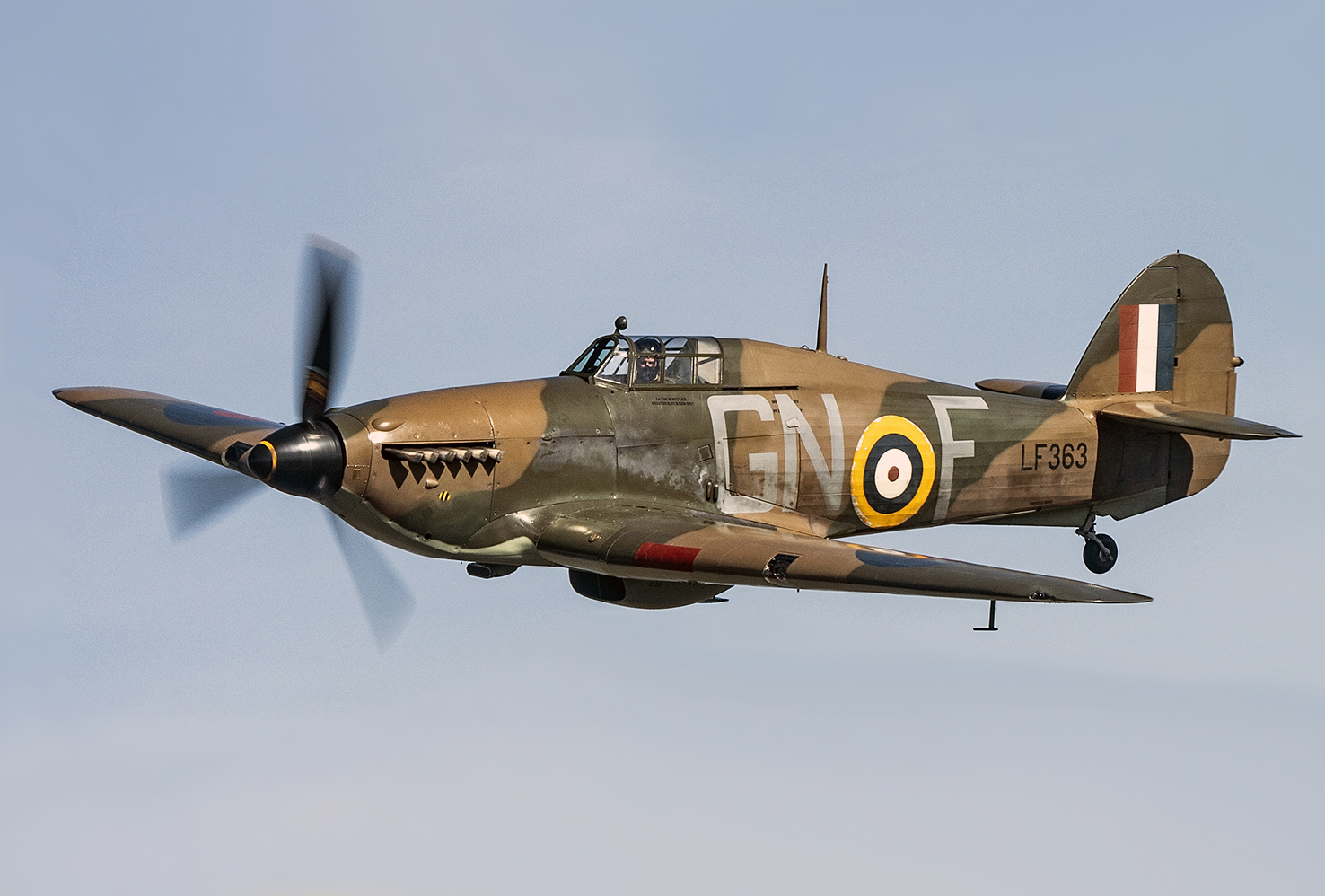James Brindley Nicolson
Template:Infobox military person James Brindley Eric Nicolson, Template:Postnominals (29 April 1917 – 2 May 1945) was a fighter pilot and wing commander in the Royal Air Force during the Second World War. He was a recipient of the Victoria Cross, the highest award for gallantry in the face of the enemy that can be awarded to British and Commonwealth forces, for his actions in August 1940 during the Battle of Britain.[1]
Early life
James Brindley Eric Nicolson was born in Hampstead, London, on 29 April 1917. He studied at the Yardley Court and Tonbridge School. In 1935, Nicolson began his career as an engineer at Ricardo Engines.[2] In 1936, he joined the Royal Air Force, with the service number 39329.[3] After his training, he joined No. 72 Squadron in 1937 and later moved to No. 249 Squadron in 1940.
Second World War

Nicolson was 23 years old and a flight lieutenant in No. 249 Squadron during the Second World War when he was awarded the Victoria Cross. On 16 August 1940 having taken off from RAF Boscombe Down near Salisbury, Nicolson's Hawker Hurricane was almost certainly fired on by the Messerschmitt Bf 109 of Heinz Bretnütz of II./JG 53, who returned to base with claims for two Hurricanes following this action. Nicolson's engine was damaged and the petrol tank set alight. As he struggled to leave the blazing machine, he saw another Messerschmitt, managed to get back into the bucket seat, pressed the firing button, and continued firing until the enemy plane dived away to destruction.[4] He was able to open his parachute in time to land safely in a field. On his descent, he was fired on by members of the Home Guard, who ignored his cry of being a RAF pilot.[4]
Victoria Cross citation
The announcement and accompanying citation for the decoration was published in supplement to the London Gazette on 15 November 1940, reading
<templatestyles src="Template:Blockquote/styles.css" />
Air Ministry, 15 November 1940.
The KING has been graciously pleased to confer the Victoria Cross on the undermentioned officer in recognition of most conspicuous bravery : –
Flight Lieutenant James Brindley NICOLSON (39329) – No. 249 Squadron.
During an engagement with the enemy near Southampton on 16th August 1940, Flight Lieutenant Nicolson's aircraft was hit by four cannon shells, two of which wounded him whilst another set fire to the gravity tank. When about to abandon his aircraft owing to flames in the cockpit he sighted an enemy fighter. This he attacked and shot down, although as a result of staying in his burning aircraft he sustained serious burns to his hands, face, neck and legs. Flight Lieutenant Nicolson has always displayed great enthusiasm for air fighting and this incident shows that he possesses courage and determination of a high order. By continuing to engage the enemy after he had been wounded and his aircraft set on fire, he displayed exceptional gallantry and disregard for the safety of his own life.[5]
Fully recovered by September 1941, Nicolson was posted to India in 1942. Between August 1943 and August 1944, he was a squadron leader and commanding officer of No. 27 Squadron, flying Bristol Beaufighters over Burma. During this time, he was awarded the Distinguished Flying Cross.
As a wing commander, Nicolson was killed on 2 May 1945 when a RAF B-24 Liberator from No. 355 Squadron, in which he was flying as an observer, caught fire and crashed into the Bay of Bengal. His body was not recovered. He is commemorated on the Singapore Memorial.[6]
Nicolson was the only Battle of Britain pilot and the only pilot of RAF Fighter Command to be awarded the Victoria Cross during the Second World War. His Victoria Cross is displayed at the Royal Air Force Museum, Hendon, England.
Commemoration

In 2015, the RAF repainted a modern Eurofighter Typhoon jet, ZK349, in Second World War colours, and applied Nicolson's squadron number, GN-A, to commemorate the 75th anniversary of the Battle of Britain.[7]
References
Further reading
- Mason, Peter D. Nicolson VC': the Full and Authorised Biography of James Brindley Nicolson, the only Pilot of Fighter Command in World War II to be awarded the Victoria Cross. Ashford, UK: Geerings, 1991. <templatestyles src="Module:Citation/CS1/styles.css"></templatestyles>ISBN 0-9513042-9-1.
External links
<templatestyles src="Module:Side box/styles.css"></templatestyles><templatestyles src="Sister project/styles.css"></templatestyles>
- James Brindley Nicolson
- Fl. Lieutenant James Nicolson
- Lua error: bad argument #1 to "get" (not a valid title)..
- Medal Bar of Wing Commander Eric James Brindley Nicolson at the Royal Air Force Museum.
- ↑ Battle of Britain London Monument - F/Lt. J B Nicolson. Retrieved 2023-04-14 from www.bbm.org.uk
- ↑ Mason, P. D. Nicolson VC 1991 p.2 ISBN 0951304291
- ↑ Lua error: bad argument #1 to "get" (not a valid title)..
- ↑ 4.0 4.1 Lua error: bad argument #1 to "get" (not a valid title).
- ↑ Lua error: bad argument #1 to "get" (not a valid title).
- ↑ Template:CWGC
- ↑ Typhoon gets Battle of Britain VC hero's colours to celebrate 'The Few'. Ben Farmer. (21 May 2015) Retrieved from link
- Pages with script errors
- Articles with short description
- Use dmy dates from July 2021
- Articles with invalid date parameter in template
- Commons category link is defined as the pagename
- 1917 births
- 1945 deaths
- Military personnel from the London Borough of Camden
- People from Hampstead
- Royal Air Force wing commanders
- Royal Air Force pilots of World War II
- Royal Air Force recipients of the Victoria Cross
- Royal Air Force personnel killed in World War II
- Recipients of the Distinguished Flying Cross (United Kingdom)
- Aviators killed in aviation accidents or incidents
- The Few
- British World War II recipients of the Victoria Cross
- People educated at Tonbridge School
- Victims of aviation accidents or incidents in 1945
- Victims of aviation accidents or incidents in international waters
